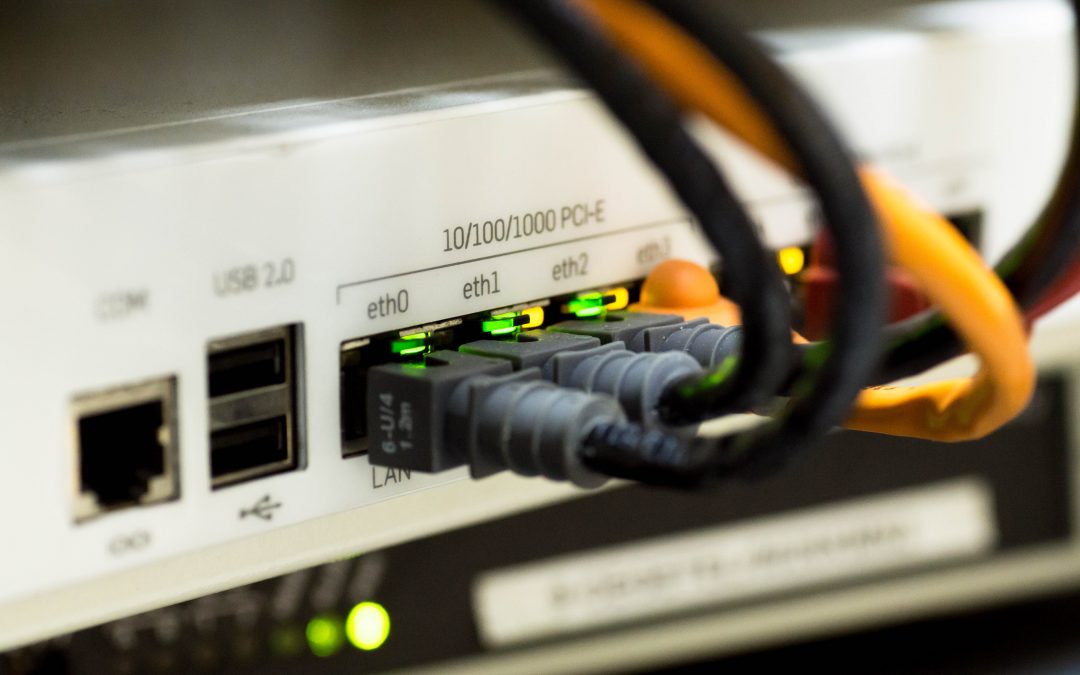In our previous article, we discussed how network architecture impacts your company’s data security. Next, we’re going to look at the steps you can take to keep your network secure, including ways that you can counterbalance normal, everyday human errors that put your business at risk.
In taking measures towards finding the right security solutions for your network, you should first make data centers your priority. Data center is a collective term that refers to all of the moving parts that keep your company’s IT operations going. It consists of the facility, support infrastructure, and all IT equipment, as well as the staff who monitor and manage these systems.
Most enterprise security strategies focus on protecting user systems above all else, and while that is absolutely important, it’s not everything. In fact, most cyber threats specifically target data centers. That’s why we are suggesting that you focus your security efforts there first.
Key Network Architecture Principles to Keep Your Data Centers Safe
Too often, security teams put little effort into protecting data centers. Sometimes, they overlook them altogether. To avoid this potentially costly oversight, put more attention into these key architecture principles:
- Legacy Management – High-risk workloads (i.e. those using unsupported operating systems) and legacy applications should always be in a dedicated enclave with minimal connections to these environments.
- Segmentation – Ensure there is proper segmentation between database infrastructure and public-facing systems by setting up security zones between all applications and workloads.
- Server Provisioning – Secure all ports and protocols using an operating system firewall to establish a zero-trust model for server provisioning.
- Lateral Movement – Keep in mind that threats will come at you from every angle. But, you can stay ahead and detect threats as they attempt to move laterally across your network and throughout all data flows.
Accounting for the Human Element of Network Security
While we can continue to make adjustments to the technology itself, the truth is that we cannot always account for the way every person will engage within networks, and so we must take measures to prepare for this. Tackling the security challenges of user base architecture is one of the most difficult tasks when it comes to IT security, as the majority of users are now mobile. It is unreasonable to expect every mobile user to establish a secure VPN to conduct any and all business, so how can we reduce this risk? Start by applying the following tactics:
- Standardization – Standardize desktop images used organization-wide and apply hardening standards from CIS.
- Authentication – Identity is everything, so make sure that the identity of both users and devices connecting to your network are authorized. Two-factor authentication is even better.
- Cloud Computing – This allows mobile users to connect from anywhere, plus, Cloud already has more security controls applied than what can be managed internally.
When it comes to security, there’s a lot to consider. It’s important to understand that there’s no one perfect solution, but with a well-rounded team of network architects and data security experts on your side, you can find a solution that meets your company’s unique and evolving needs. If you’re concerned about any aspect of your company’s daily IT operations, contact us today.


Recent Comments